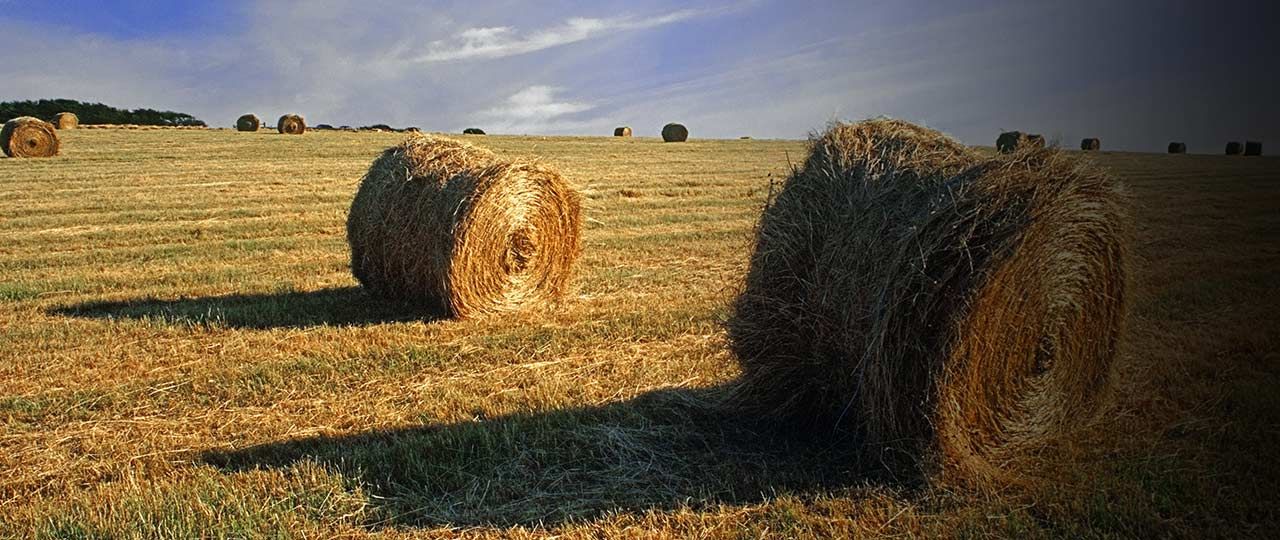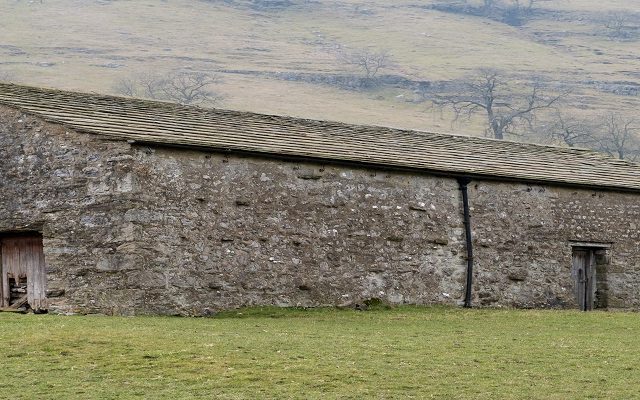Agricultural wage rate reviews for 2017/18
Strutt & Parker is recommending a 1.4% increase is applied to farmworkers’ wages this year, as a guide for employers in England – who are no longer covered by the rates set down by an Agricultural Wages Board.
Minimum wage levels for farmworkers are still set by an official pay review body in Northern Ireland, Scotland and Wales.
However, in England the Agricultural Wages Board (AWB) was disbanded in 2013, so there are now no formal figures on which to base the annual review which traditionally takes effect from October.
Analysis of economic factors
The business has made the recommendation based on a number of factors, including the approach taken by the remaining Agricultural Wages Boards, the level of recent public sector pay awards, rising pension contributions and the rate of inflation.
The pay bodies in Northern Ireland, Scotland and Wales have all agreed that the minimum rate for workers over 25 years of age should be the same as the National Living Wage at £7.50/hr, with the equivalent of the Craftman’s rate ranging between £8.46/hr and £8.72/hr.
Generally speaking, public sector wage rises have again been capped at 1% this year, as they have been for the previous three years, and over the 12 months to July 2017 the Retail Price Index rose by 3.6% and the Consumer Price Index by 2.6%.
Pension contributions
We have also taken into consideration that all employers are now required to contribute to an employee’s pensions scheme, through auto-enrolment, unless the employee has opted out.
Currently the minimum contribution is 1% of earnings, but this will rise to 2% in April 2018 (and to 3% in April 2019) – equating to an additional 1% above and beyond the pay award, albeit delayed for six months.
There is an unfortunate flip-side for employees, in that their own contribution to their pension fund is required to rise to 3% next April and then to 5% in April 2019.
These total contributions belong to the employee, and benefit from a further top-up by way of tax rebate, but the money is effectively locked away until retirement and therefore an employee’s take-home pay might in practice fall over the next year, despite an increase in the rate of pay. Morally, this puts the employer in an awkward position.
However, the basic wage rates for most public sector workers do not take into account a range of other perks which might apply to farmworkers, such as free housing and no commuting costs.
Many employers have also chosen to move to paying their workers, particularly highly-trained operators, a salary, rather than an hourly wage and overtime.
The recommendation would raise the Standard Worker’s rate (Grade 2) to £7.50/hr, mirroring the National Living Wage (NLW), and increasing the Craftsman’s rate (Grade 4) to £8.85/hr, with other pay grades rising accordingly






